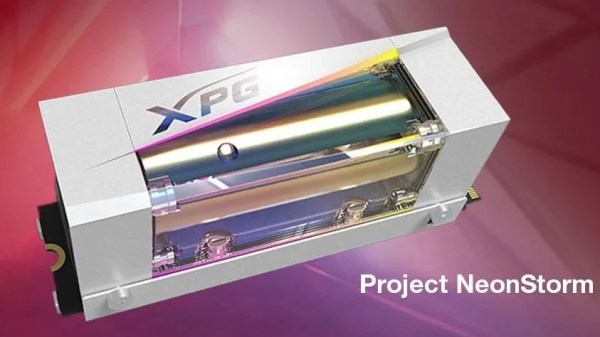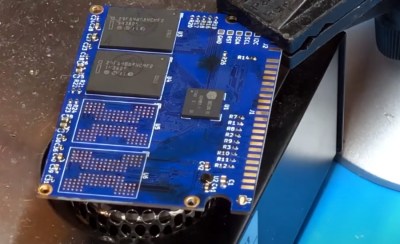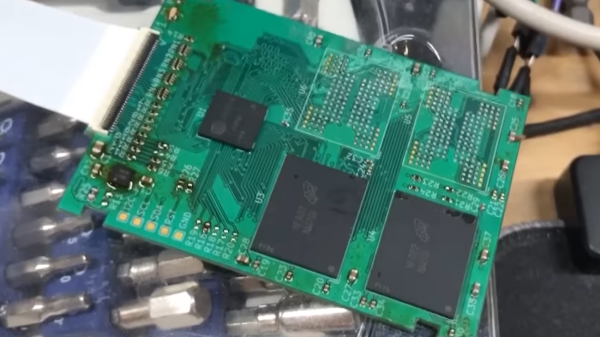Even though we somewhat uncharacteristically don’t have a cyberdeck contest currently underway, there’s never a bad time to get your [Gibson] on. That’s especially true when fate hands you an enclosure as perfect as the one that inspired this very compact Kali Linux cyberdeck.
Now, that’s not to say that we don’t love larger cyberdecks, of course. The ones built into Pelican-style shipping containers are particularly attractive, and it’s hard to argue against their practicality. But when [Hans Jørgen Grimstad], who somehow just sounds like a person who should be building cyberdecks, found a new-old-stock stash of US Army Signal Corps spare parts kits from the 1950s, designation CY-684/GR, he just had to spring into action. After carefully gutting the metal case of the dividers that once protected tubes and other parts, he had some PCB panels made up for the top and bottom. The bottom had enough room for a compact USB keypad, with room left over on the panel for a cooling fan and various connectors. A 7″ HDMI display was added to the panel on the top lid, while a Raspberry Pi 5 with a 500-GB NVMe SSD went below the lower panel. The insides are properly decorated with cyberpunk-esque regalia including a “Self Destruct” button. Sadly, this appears to be unimplemented in the current version, at least for the stated purpose; there’s always hope for version two.
While we love the look and feel of this build and the subtle nods to the cyberpunk aesthetic, it sure seems like you could get some serious work done with a deck like this. Hats off to [Hans] for the build, and here’s hoping he left some of those cool cases for the rest of us.



















